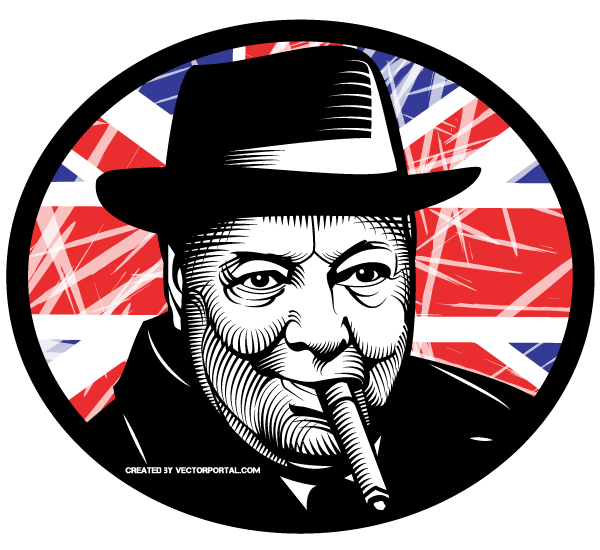VE-Day, 8th May 1945
7 May 2020
The feeling of euphoria and the celebratory atmosphere in Britain on Tuesday May 8th 1945 was both palpable and visible: Victory in Europe had been achieved, and this signalled the end of the Second World War in Europe.
This end to warfare followed the Battle of Berlin, which lasted for nine days, before the German military commanders surrendered on 3rd May. On 7th May the chief of operations staff of the German Armed Forces High Command, Alfred Jodl, signed the official document of unconditional surrender, stating that Germany would cease to be engaged in war at one-minute past midnight on 8th May.
Spontaneous celebration burst out on the afternoon of 7th May, when Winston Churchill, the Prime Minister, announced over the radio, somewhat prematurely (because the American General, Dwight D. Eisenhower wanted VE-Day to be announced as 8th May), that the war in Europe was over. These celebrations saw King George VI and his queen, together with Princesses Elizabeth and Margaret, on the balcony of Buckingham Palace, watched by huge crowds.
Britons had been described as war-weary, so celebrations began in Britain very early in the morning of 8th May. It was as though all the stress and hardships of the past six years suddenly dispersed, and people were euphoric, letting go of their stiff upper lip, and letting their hair down. Six years of a limited range of foodstuffs, six years of making do and mending, and six years of blackouts had taken their toll.
Celebrations were, however, often short-lasting as people came to terms with the loss of loved ones, and the fact that life would never quite be the same again. VE-Day was the end of the war in Europe, but not the end of the war altogether, which came on 15th August 1945. Known as Victory in Japan Day, or VJ-day, was an altogether much quieter celebration, the final act of Surrender being signed on 2nd September 1945.
Lynne Dyer
Join us tomorrow for more stories of Loughborough on VE Day 1945.
Lynne is the author of ‘Secret Loughborough‘ and ‘Loughborough in 50 Buildings.’ She blogs about the history of the area at Lynne About Loughborough.
